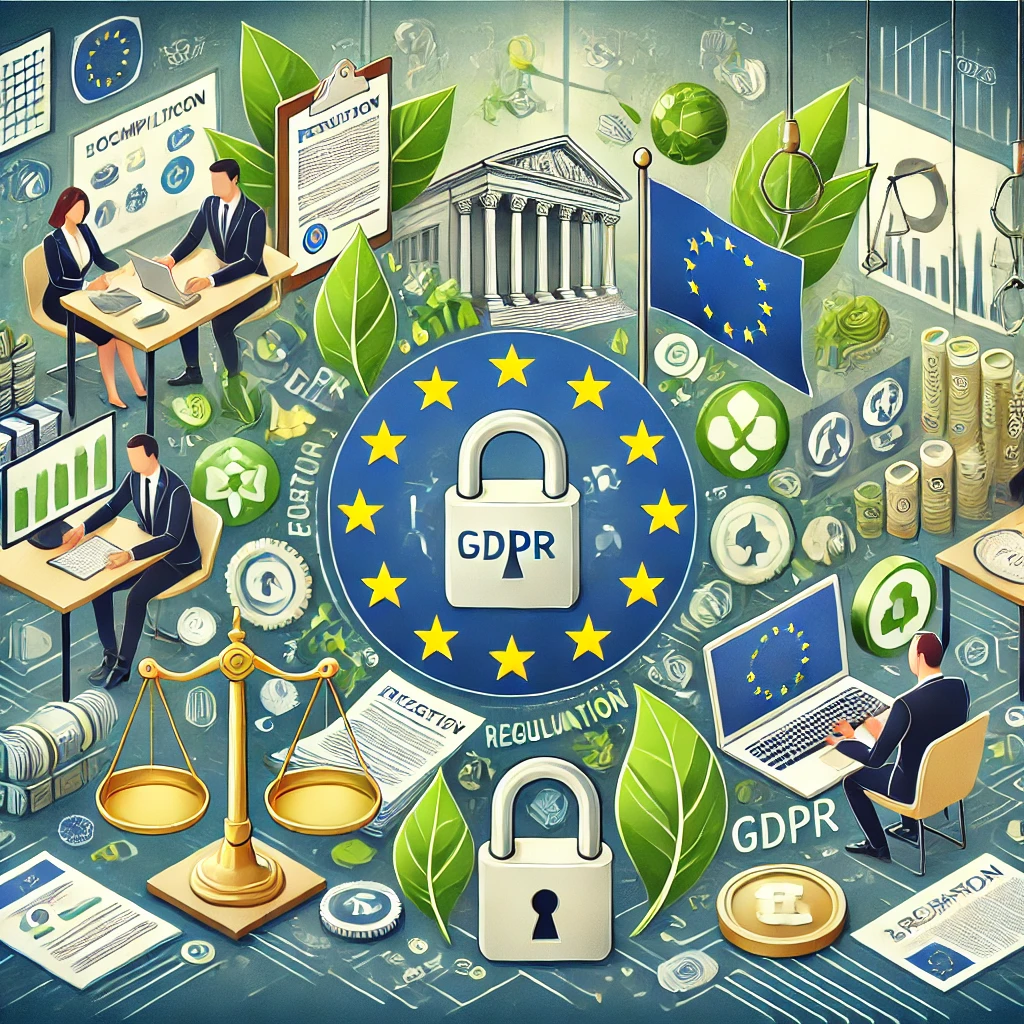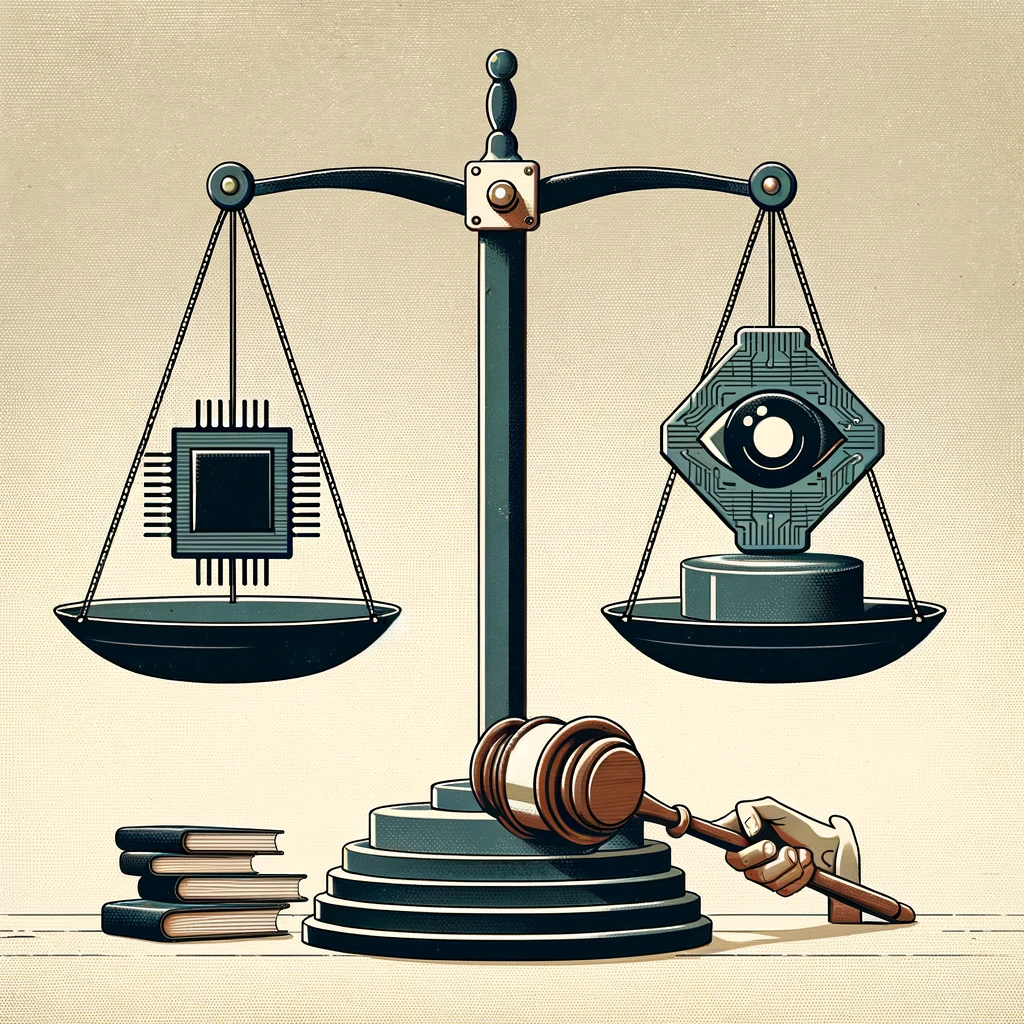Understanding the EU AI Act: Key Insights for Businesses

Understanding the EU AI Act: Key Insights for Businesses
The launch of the EU AI Act on February 2, 2025, heralds a transformative phase for artificial intelligence regulations, compelling businesses operating within the European Union to adapt to strict compliance requirements. As the implementation unfolds, organizations must urgently familiarize themselves with the prohibitions on high-risk AI applications—ranging from social scoring to real-time remote biometric identification. Non-compliance could result in hefty penalties of up to 7% of global annual turnover, emphasizing the need for proactive governance and robust data quality measures. This article delves into the critical aspects of the EU AI Act, equipping businesses with essential knowledge to navigate this complex regulatory landscape effectively. For further details on the implications of AI regulations, visit the European Commission’s website.
Key Provisions of the EU AI Act That Every Business Should Know
The EU AI Act outlines specific prohibitions and obligations for businesses, particularly regarding high-risk AI applications. Understanding these provisions is crucial for maintaining compliance and avoiding significant penalties. High-risk AI systems are classified based on their potential to negatively impact individuals or society. For instance, applications involved in biometric identification, social scoring, and even certain forms of predictive policing are categorized as high-risk. By recognizing these classifications, businesses can reassess their AI implementations and ensure they align with the Act’s requirements. Operating with compliance in mind not only safeguards companies against penalties but also builds trust with consumers and stakeholders involved in AI usage.
Compliance Challenges and Strategies
As organizations prepare for the full compliance requirements set to roll out mid-2025, many face daunting challenges. Companies must assess their existing AI applications to identify those that may violate the regulations. The initial step for compliance involves conducting a comprehensive audit of all AI usage within the company. This audit should highlight high-risk applications and set the groundwork for implementing a governance framework. As noted in a report by PwC, a robust data governance model is essential to mitigate risks associated with non-compliance and to improve the overall effectiveness of AI systems. Strengthening data quality, ensuring proper documentation, and establishing accountability for AI outcomes are vital components of an effective compliance strategy.
The Global Reach of the EU AI Act
One of the most significant implications of the EU AI Act is its extraterritorial scope, which means that even non-EU organizations must comply if they engage with AI in ways that affect the EU market. This global application expands the responsibility for adhering to the Act, placing a premium on transparency and accountability across international borders. For instance, if a tech company based in the United States uses AI for recruitment and targets candidates in the EU, it falls under the purview of these regulations. Adopting compliance measures on a global scale is complicated yet necessary. Businesses can benefit from insights provided by Norton Rose Fulbright to navigate these complexities effectively.
Prohibitions Under the EU AI Act: What to Avoid
Businesses must be vigilant to avoid engaging in AI practices that the EU AI Act explicitly prohibits. Understanding these nine key prohibitions can guide organizations in aligning their practices with compliance mandates:
- Harmful subliminal and manipulative techniques
- Unacceptable social scoring practices
- Real-time remote biometric identification in public spaces for law enforcement
- Emotion recognition, particularly in sensitive environments like workplaces and educational institutions
- Untargeted data scraping for biometric identification
- Exploiting vulnerabilities for harmful gain
- Categorization based on sensitive attributes through biometric means
- Individual crime risk assessments and predictions
- Harmful exploitation of vulnerable populations
As part of compliance, businesses will need to stay informed about regulatory updates and clarifications from the European Commission. Engaging with resources such as the European Commission’s press corner can help organizations track necessary guidelines and amendments.
Fostering Responsible AI Innovation
The implementation of the EU AI Act emphasizes the importance of responsible AI innovation. The regulations seek to establish a framework that balances technological advancement with ethical considerations, addressing bias and prioritizing fundamental rights such as privacy and fairness. Organizations should adopt principles of responsible AI by implementing rigorous testing and validating their AI systems before deployment. Fostering an internal culture of ethical AI development enhances trust among users and regulatory bodies alike. Companies like EY have published insights on the ethical use of AI, providing frameworks that organizations can employ to enhance accountability and ethical standards.
Building AI Literacy Within Organizations
Raising AI literacy is critical for compliance with the EU AI Act. Employees must be equipped with a proper understanding of AI risks and governance practices to effectively navigate the regulatory landscape. By providing training programs focused on AI ethics, compliance requirements, and data governance, businesses can ensure staff are well-prepared to manage AI systems responsibly. Many organizations are stepping up their efforts to embed AI literacy across all levels, ensuring everyone from management to operational staff understands the implications of AI in their roles. Resources such as the Google AI Education platform can provide valuable materials for workforce empowerment.
The Future of AI Regulation in the EU
As the EU AI Act continues to develop, the landscape of compliance will evolve. Businesses must stay informed and be agile in their approaches to AI governance. Ongoing training, active participation in AI-related forums, and regular engagement with legal experts will be crucial in ensuring long-term compliance and leveraging AI technologies responsibly. By aligning with regulatory guidelines, organizations can not only safeguard their interests but also contribute positively to the broader discourse on ethical AI usage.
Embracing Compliance and Innovation in AI
In summary, the EU AI Act marks a significant shift in how businesses must approach artificial intelligence within the European landscape. By understanding key provisions—such as the classifications of high-risk AI applications and the strict prohibitions on harmful practices—organizations can take necessary precautions to maintain compliance and avoid severe penalties. Facing compliance challenges can be daunting, but by implementing robust data governance strategies and enhancing AI literacy among employees, businesses can build a culture of ethical AI use. As the regulations evolve, staying informed and engaged with resources such as the European Commission’s press corner will be essential for successful navigation of this complex landscape. Now is the time for your organization to assess its AI practices and take actionable steps to foster responsible innovation while aligning with regulatory requirements.















































































































